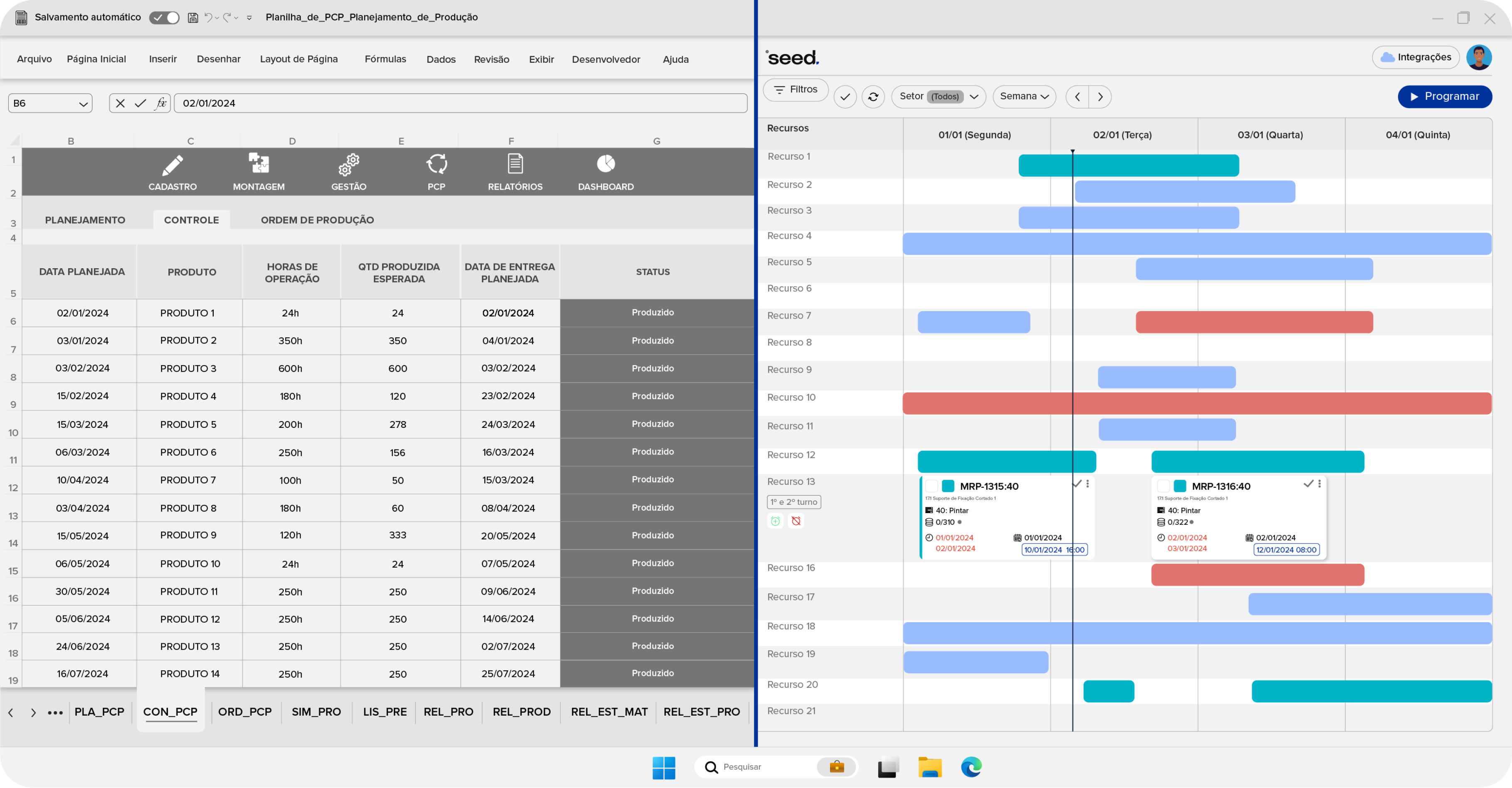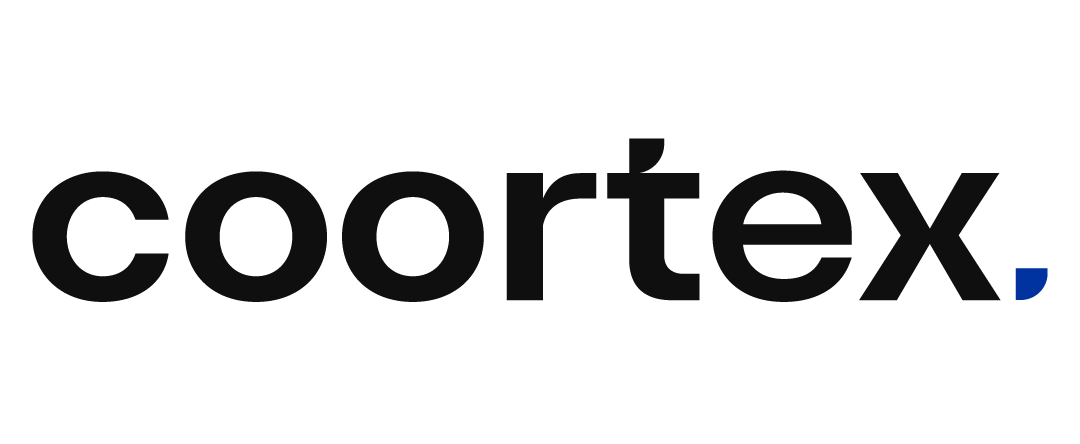Coortex APS
completely in the cloud
Manage your production scheduling from anywhere! Without neglecting machine load or resource management.
Schedule in minutes by simulating scenarios and optimizing setups, and watch delays vanish from your production. The APS takes production planning and control (PPC) out of the operational realm and empowers it for strategic decision-making.
Join Industry 4.0 with Coortex APS, gaining accurate information and intuitively seeing the best scenarios.
KNOW THE DIFFERENCE
Comparative analysis:
Manual scheduling vs. APS system in production

Spreadsheets
Coortex APS
Delays
- There is no visibility into which production or sales orders will be delayed.
- The scheduling horizon is very limited, so problems become evident only at critical moments.
- There is no visibility into which production or sales orders will be delayed.
- The scheduling horizon is very limited, so problems become evident only at critical moments.
- The preview of overdue POs is simplified, so you can easily identify what will impact the delivery of the order.
- The APS guarantees a vision of delays in the short, medium and long term.
- It sequences in minutes and is totally assertive.
- APS guarantees agility in changing plans
Replanning
- There is no visibility into which production or sales orders will be delayed.
- When an eventuality happens, it is difficult to redo the planning, causing deadlines to be missed.
- Human error is a constant possibility.
- Replanning production is too complex.
- Done in minutes while considering changes in demand, inventory, production resources, delays, and purchase orders.
- Everything is done in an automated and agile manner.
- Done in minutes while considering changes in demand, inventory, production resources, delays, and purchase orders.
- Everything is done in an automated and agile manner.
Priority rules
- There is a lot of effort involved in creating a single priority.
- It does not allow for variation in criteria, creating limitations for planning.
- There is a lot of effort involved in creating a single priority.
- It does not allow for variation in criteria, creating limitations for planning.
- Ease of creating multiple priority rules with different criteria.
- It addresses industry restrictions correctly.
- Ease of creating multiple priority rules with different criteria.
- It addresses industry restrictions correctly.
Scenario simulation
- Creating scenarios is extremely complex, forcing the production planning and control (PPC) team to act blindly.
- The process of visualizing planning results is tedious and prone to human error.
- Creating scenarios is extremely complex, forcing the production planning and control (PPC) team to act blindly.
- The process of visualizing planning results is tedious and prone to human error.
- With a single click, various scenarios can be simulated, providing accuracy for production planning and control (PPC).
- Done automatically, the system considers various factors for a precise outcome.
- With a single click, various scenarios can be simulated, providing accuracy for production planning and control (PPC).
- Done automatically, the system considers various factors for a precise outcome.
Reports
- It takes hours of work to manually produce a single report.
- The generated information is not reliable and is constantly at risk of human error.
- It takes hours of work to manually produce a single report.
- The generated information is not reliable and is constantly at risk of human error.
- Reports are available at all times, easily accessible, and easy to understand.
- The functions of each report can be customized by the company, which determines what will be most efficient.
- Reports are available at all times, easily accessible, and easy to understand.
- The functions of each report can be customized by the company, which determines what will be most efficient.
Discover our production modules
What do we offer?
Beyond delivering a system, we ensure a positive experience in all our processes, including implementation, development, and support services, thus encompassing all phases of delivering our software. We always stay true to Coortex’s purpose, where cooperation with the client is essential.
Implantation
We visit the industry, identify areas for improvement, understand their needs, and prepare the company, including integration with ERP and MES systems. Additionally, the implementation trains the team that will use the software and sets up an assisted operation for the first weeks of use after delivery.
Development
With the client’s needs established, our team develops a customized system for the industry, with screens and integrations tailored to each production. The goal of our development is to ensure customizations that effectively address a challenge and focus on the client.
Support
We offer active support by monitoring instabilities and implementing solutions remotely. We have an SLA (Service Level Agreement) that defines our support obligations. Additionally, we have a knowledge base available for our clients, with articles that facilitate the use of the system.

